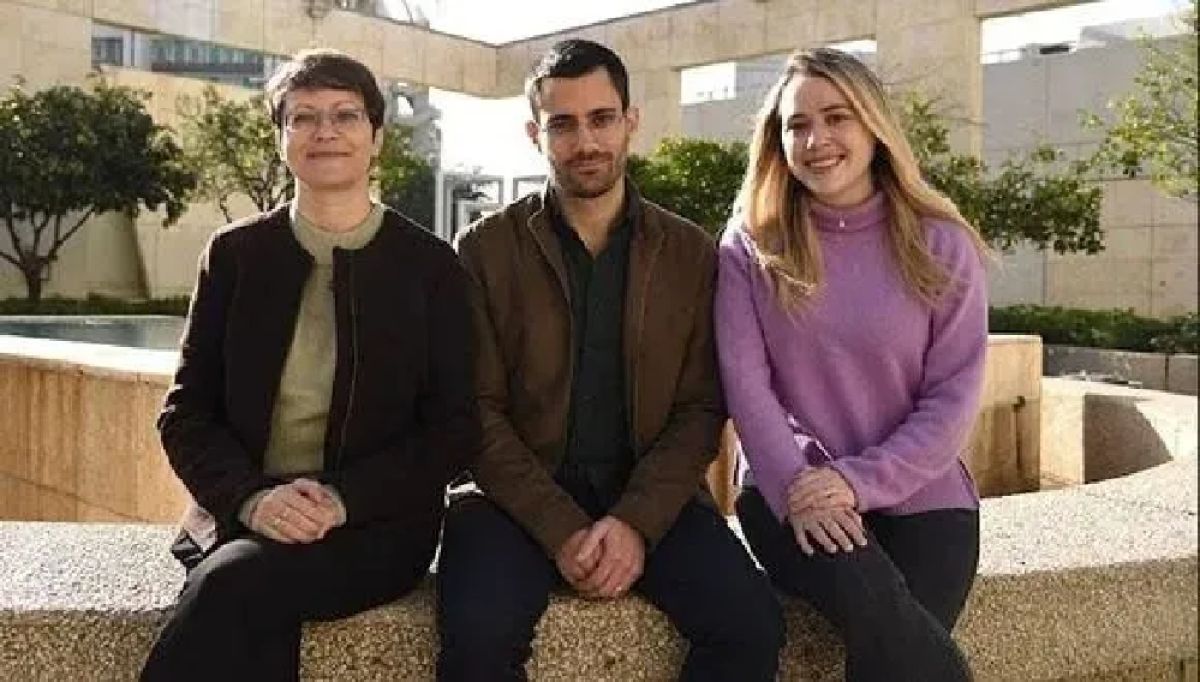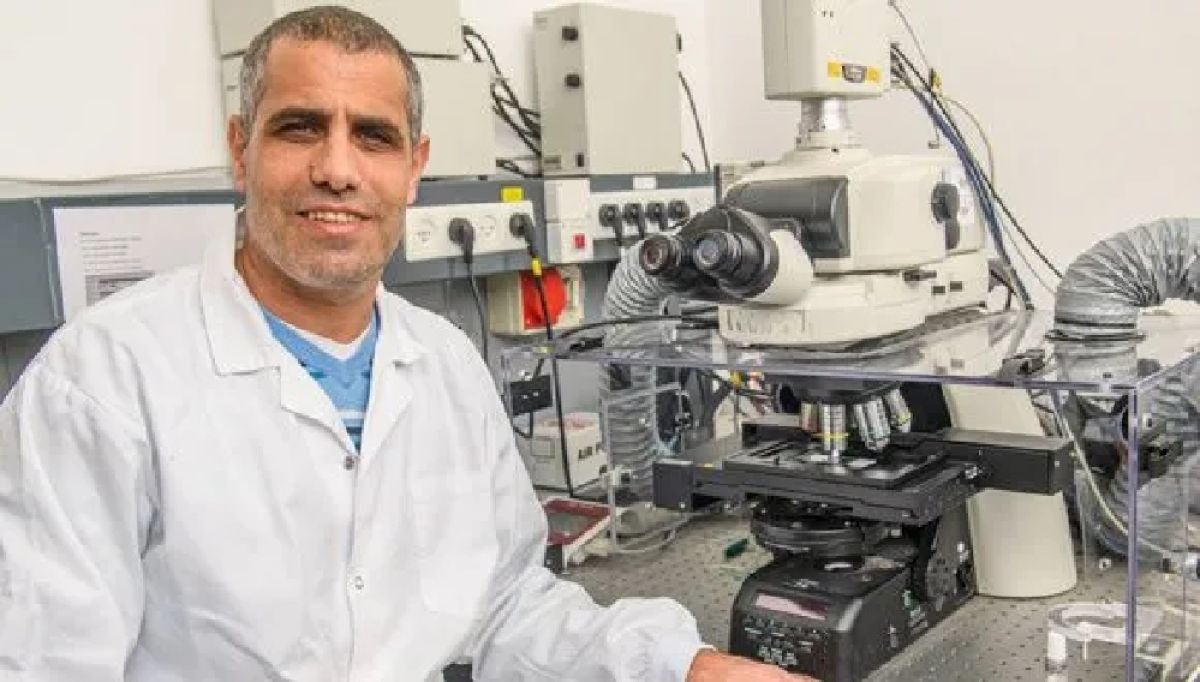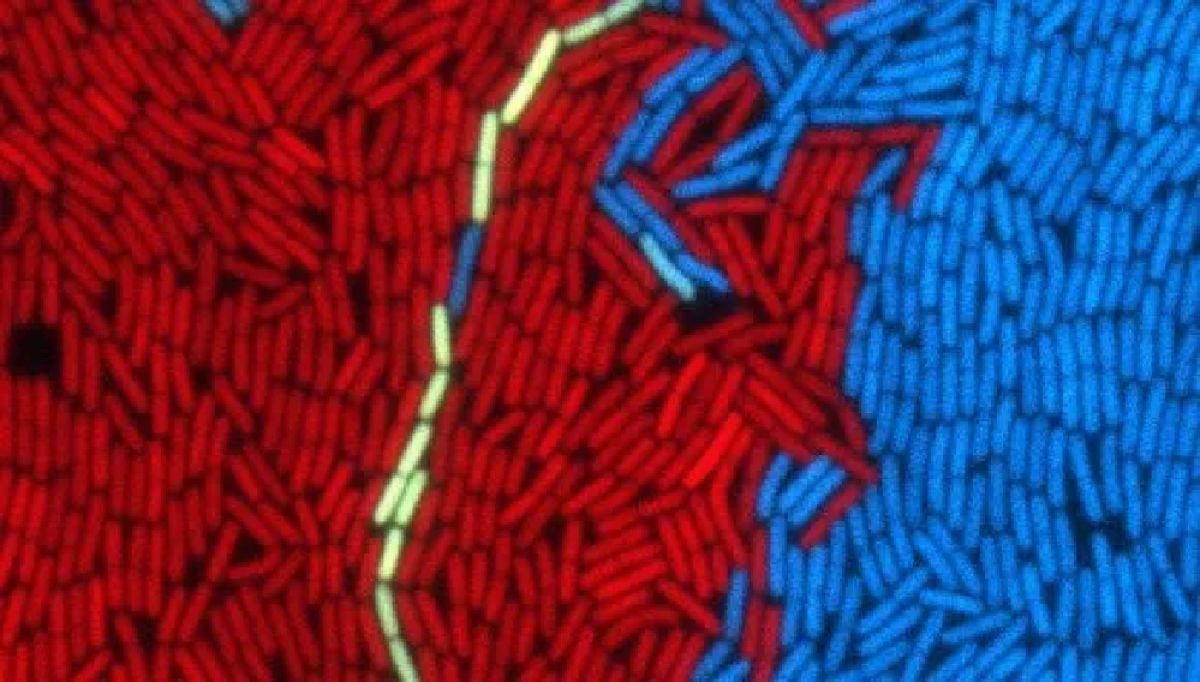A new study at Tel Aviv University revealed abnormal brain activity that precedes the onset of Alzheimer’s first symptoms by many years: increased activity in the hippocampus, a region of the brain which plays a key role in memory processes, during anesthesia and sleep, resulting from failure in the mechanism that stabilizes the neural network. The researchers believe that the discovery of this abnormal activity during specific brain states may enable early diagnosis of Alzheimer’s, eventually leading to a more effective treatment of a disease that still lacks effective therapies.
The study was published in the prestigious scientific journal Cell Reports, and led by Prof. Inna Slutsky and doctoral students Daniel Zarhin and Refaela Atsmon from the Sackler Faculty of Medicine and the Sagol School of Neuroscience at Tel Aviv University.
According to Prof. Inna Slutsky, innovative imaging technologies developed in recent years have revealed that amyloid deposits, a hallmark of Alzheimer’s disease pathology, are formed in patients’ brains as early as 10-20 years before the onset of typical symptoms such as memory impairment and cognitive decline. Unfortunately, most efforts to treat Alzheimer’s disease have failed. She believes that if we could detect the disease at the pre-symptomatic stage, and keep it in a dormant phase for many years, this would be a tremendous achievement in the field. Identifying a signature of aberrant brain activity in the pre-symptomatic stage of Alzheimer’s and understanding the mechanisms underlying its development she says may be a key to effective treatment.
Additional participants in the study include: Dr. Antonella Ruggiero, Halit Baeloha, Shiri Shoob, Oded Scharf, Leore Heim, Nadav Buchbinder, Ortal Shinikamin, Dr. Ilana Shapira, Dr. Boaz Styr, and Dr. Gabriella Braun, all from Prof. Slutsky’s laboratory. Collaborations with the laboratory teams of Prof. Yaniv Ziv of the Weizmann Institute, and Prof. Yuval Nir of TAU were essential for the project. Prof. Tamar Geiger, Dr. Michal Harel, and Dr. Anton Sheinin of Tel Aviv University, as well as researchers from Japan, also contributed to the study.
The researchers used animal models for Alzheimer’s, focusing on the hippocampal region of the brain, which is known to be impaired in Alzheimer’s patients. At first, they measured cell activity in the hippocampus when the model animal was awake and active. For this, they used advanced methods that measure brain activity at a resolution of single neurons.
High Neuronal Activity – Also During Sleep
“It is known that neuronal activity of the hippocampus decreases during sleep in healthy animals,” explains Refaela Atsmon. However, when she examined model animals in early stages of Alzheimer’s, she found that their hippocampal activity remained high even during sleep. This is due to a failure in the physiological regulation, which she says has never before been observed in the context of Alzheimer’s disease.
Daniel Zarhin found similar dysregulation in model animals under anesthesia: neuronal activity did not decline, the neurons operated in a manner that was too synchronized, and a pathological electrical pattern was formed, similar to ‘quiet’ seizures in epileptic patients.
The researchers found that brain states that block responses to the environment – such as sleep and anesthesia – expose abnormal activity which remains hidden when the animal is awake, and this happens before the symptoms of Alzheimer’s disease are observed.
Prof. Slutsky’s explains that even though this abnormal activity can be detected during sleep, it is much more frequent under anesthesia. Therefore, she says, it would be important to test whether short anesthesia can be used for early diagnosis of Alzheimer’s disease.
Defective Stabilizing Mechanisms
The researchers proceeded to ask what causes the abnormality. To this end, they relied on findings from previous studies from Prof. Slutsky’s laboratory and other researchers on homeostasis of neural networks: each neural circuit has a set point of activity, maintained by numerous stabilizing mechanisms. These mechanisms are activated when the balance is disturbed, restoring neuronal activity to its original set point.
Is a disruption of these mechanisms the main cause of deviant brain activity during sleep and anesthesia in Alzheimer’s disease animal models? To test this, Dr. Antonella Ruggiero examined the effect of various anesthetics on neurons grown on a chip. She found that they lower the set point of neuronal activity. While in healthy neural networks this activity remained low over time, in neural networks expressing genetic Alzheimer’s mutations, the lowered set point recovered quickly, despite the presence of anesthetics.
The researchers now sought to examine a potential drug for the impaired regulatory mechanism. According to Prof. Slutsky, the instability in neuronal activity found in the study is known from epilepsy. In a previous study Prof. Slutsky’s team discovered that an existing drug for multiple sclerosis may help epilepsy patients by activating a homeostatic mechanism that lowers the set point of neural activity. Doctoral student Shiri Shoob examined the effect of the drug on hippocampal activity in the animal model for Alzheimer’s and found that also in this case the drug stabilizes activity and reduces pathological activity observed during anesthesia.
Proceeding Towards Clinical Trials
“The results of our study may help early diagnosis of Alzheimer’s, and even provide a solution for instability of neuronal activity in Alzheimer’s disease,” says Prof. Slutsky. “Firstly, we discovered that anesthesia and sleep states expose pathological brain activity in the early stages of Alzheimer’s disease, before the onset of cognitive decline. We also proposed the cause of the pathological activity – failure of a very basic homeostatic mechanism that stabilizes electrical activity in brain circuits. Lastly, we showed that a known medication for multiple sclerosis suppresses this type of anesthesia-induced aberrant brain activity,” she concludes.
The researchers now plan to collaborate with medical centers in Israel and worldwide to test whether the mechanisms discovered in animal models can also be identified in patients with early-stage Alzheimer’s disease. For this purpose, they propose to incorporate EEG monitoring into surgical procedures, to measure brain activity of patients under anesthesia. They hope that their findings will promote early diagnosis and drug development for the most common form of late-onset dementia.
Featured image: The Research Team (from left to right): Prof. Inna Slutsky, Daniel Zarhin and Refaela Atsmon (Photo: Dr. Tal Laviv)














%20Dr.%20Yona%20Goldshmit%2C%20Prof.%20Tal%20Dvir%20and%20Lior%20Wertheim%20Credit%20Sagol%20Center%20for%20Regenerative%20Biotechnology-580.jpg)




